How to Safely Operate a Crane Hoist for Maximum Efficiency
The efficient operation of a Crane Hoist is crucial for maximizing productivity and safety in various industries, including construction, manufacturing, and shipping. According to a report from the Occupational Safety and Health Administration (OSHA), improper use of cranes and hoists accounts for a significant number of workplace injuries, highlighting the need for strict adherence to safety protocols and operational guidelines. In fact, the National Institute for Occupational Safety and Health (NIOSH) states that between 1992 and 2006, there were over 4,800 crane-related accidents in the United States alone, many of which could have been avoided with proper training and operational practices.
As industries increasingly rely on advanced crane hoist systems for heavy lifting tasks, understanding how to safely operate these machines is essential for preventing accidents and ensuring maximum efficiency. This blog will delve into the best practices for operating a Crane Hoist safely, focusing on key factors that contribute to optimal performance while safeguarding workers and equipment.

Safety Precautions Before Operating a Crane Hoist
Before operating a crane hoist, it is crucial to prioritize safety precautions to prevent accidents and ensure efficient functioning. First, operators should conduct a thorough inspection of the crane and its components. This includes checking for any visible damage, ensuring that all parts are properly lubricated, and verifying that safety devices, such as limit switches and emergency stops, are operational. Furthermore, it’s essential to familiarize oneself with the hoist's weight limits and the environmental conditions in which it will be used. Adhering to these guidelines helps mitigate risks before the operation begins.
Additionally, proper training and use of personal protective equipment (PPE) are vital components of safe crane operation. Operators should be certified and trained in the specific type of hoist they will be using. Always wear appropriate PPE, such as hard hats, safety glasses, and gloves, during operation. Establishing clear communication protocols among team members can also enhance safety. Using hand signals or two-way radios ensures that everyone is aware of movements and potential hazards. By implementing these safety precautions, operators can significantly reduce the likelihood of accidents while maximizing efficiency during crane operation.
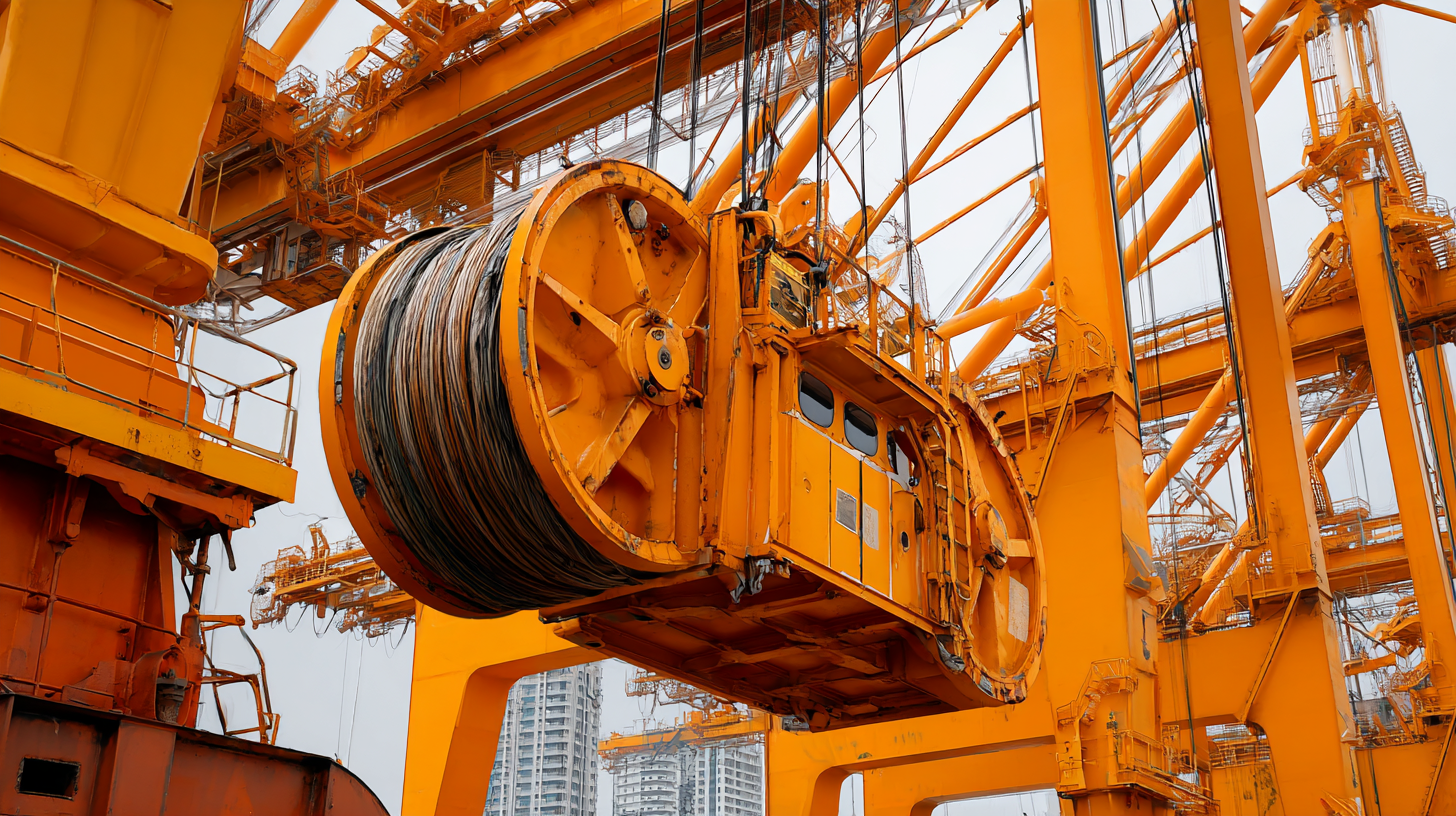
Essential Equipment and Tools for Crane Hoist Operation
When operating a crane hoist, having the right equipment and tools is essential for ensuring safety and maximizing efficiency. A reliable forklift, specifically designed for heavy loads, is crucial for maneuvering various materials safely on the job site. In addition, proper rigging equipment, including slings, shackles, and hoists, must be properly maintained and inspected before use to prevent accidents and ensure a smooth operation. Operators should be equipped with personal protective equipment (PPE) and follow all industry regulations, such as LOLER, to comply with safety standards.
Training is another critical aspect of safe crane hoist operation. Operators should undergo comprehensive training programs that cover not only the mechanical functions of the hoist but also best practices for load management and emergency procedures. With the introduction of modern mobile elevating work platforms (MEWPs), contractors can also enhance their lifting capabilities while maintaining mobility on the job site. By focusing on these essential tools and training programs, roofing contractors and other professionals can effectively turn potential hazards into successful operations, ensuring both safety and efficiency on every job.
Crane Hoist Efficiency by Load Weight
Step-by-Step Procedures for Effective Crane Hoisting
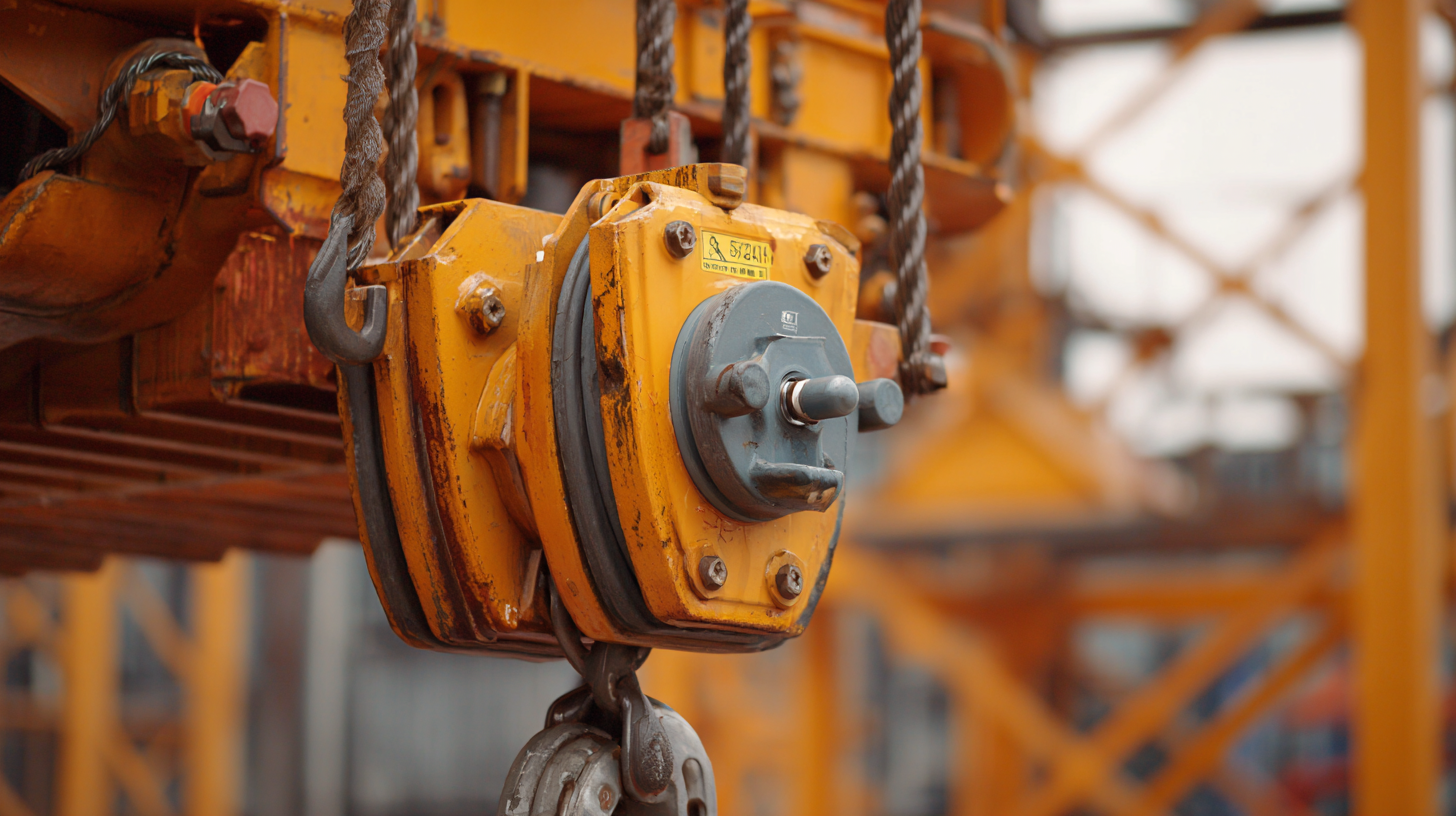 Operating a crane hoist safely is crucial for maximizing efficiency and minimizing risks on the job site. Following step-by-step procedures can significantly reduce the likelihood of accidents, such as falls and mechanical injuries, which are prominent concerns in the lifting industry. According to the Occupational Safety and Health Administration (OSHA), over 50% of crane accidents are attributed to a lack of training and improper procedures. Therefore, effective training programs, like the recent safety management workshops organized in Changyuan City, are essential for ensuring that operators adhere to best practices.
Operating a crane hoist safely is crucial for maximizing efficiency and minimizing risks on the job site. Following step-by-step procedures can significantly reduce the likelihood of accidents, such as falls and mechanical injuries, which are prominent concerns in the lifting industry. According to the Occupational Safety and Health Administration (OSHA), over 50% of crane accidents are attributed to a lack of training and improper procedures. Therefore, effective training programs, like the recent safety management workshops organized in Changyuan City, are essential for ensuring that operators adhere to best practices.
To begin with, it is important to conduct a thorough inspection of the crane hoist before operation. This includes checking the load limit, ensuring the equipment is in good repair, and verifying that all safety devices are functional. Operators should also establish a clear communication system, using hand signals or radios to coordinate movements with ground personnel. According to a report by the National Safety Council, 29% of workplace injuries could be avoided with better communication practices. By following these structured steps and instituting ongoing safety training, industries can create a safer work environment and improve overall operational efficiency.
Common Mistakes to Avoid When Using a Crane Hoist
When operating a crane hoist, understanding common mistakes is crucial for maintaining safety and maximizing efficiency. One of the primary errors operators make is underestimating the load capacity of the hoist. Overloading can lead to mechanical failure and pose significant risks to personnel and property. Always refer to the manufacturer’s guidelines and conduct a thorough assessment of the load to avoid this pitfall. Ensuring that the weight is within safe limits not only protects the equipment but also enhances operational reliability.
Another frequent mistake is neglecting proper rigging techniques. Inadequate rigging can result in loads slipping or swinging unpredictably, leading to accidents. Operators should ensure that they are using the correct slings and attachments suited for the load type and weight. Moreover, it’s essential to inspect all rigging equipment regularly for wear and tear. This practice not only guarantees safety but also facilitates smooth operations, as a well-rigged load is less likely to pose problems during the lift. Emphasizing these key areas can significantly enhance workflow and reduce the likelihood of incidents related to crane hoist operations.
How to Safely Operate a Crane Hoist for Maximum Efficiency - Common Mistakes to Avoid When Using a Crane Hoist
| Common Mistakes | Consequences | Safety Measures | Efficiency Tips |
|---|---|---|---|
| Overloading the Crane | Increases risk of tipping and equipment damage | Always check load capacity before use | Plan lifts according to load limits |
| Neglecting Routine Inspections | Increased risk of accidents due to equipment failure | Conduct daily inspections and maintenance checks | Keep a record of inspections and repairs |
| Poor Communication | Higher chance of mishaps and unsafe operations | Use hand signals or radios for communication | Assign a signal person to direct lifts |
| Ignoring Weather Conditions | Risk of accidents due to wind and rain | Monitor weather forecasts before operating | Postpone operations in severe weather |
| Lack of Training | Increased likelihood of operator error | Ensure all operators have proper training | Provide ongoing training and refreshers |
Maintenance Tips for Long-lasting Crane Hoist Performance
Regular maintenance of crane hoists is essential for ensuring long-lasting performance and maximizing operational efficiency. With the material-handling market undergoing significant changes, manufacturers are focusing on preventive maintenance strategies to maintain their competitive edge. According to industry reports, effective maintenance practices can reduce unscheduled downtime by up to 30%, allowing for smoother operations and increased productivity.
Incorporating advanced technologies in maintenance can further enhance the performance of crane hoists. The adoption of remote monitoring systems has gained traction, enabling real-time assessment of equipment condition and performance. These innovations allow for proactive measures to address potential issues before they escalate, ensuring that cranes operate at peak efficiency. Data-driven maintenance schedules, supported by condition monitoring systems, have demonstrated the ability to extend the lifespan of crane components, leading to reduced overall costs.
Among the advancements in crane technology, new designs that utilize synthetic rope have shown to not only improve lifting performance but also contribute to longer-lasting equipment life. As the industry adapts to these macroeconomic trends, staying updated with the latest maintenance techniques and technological enhancements is crucial for manufacturers looking to thrive in the evolving material-handling landscape.
Related Posts
-
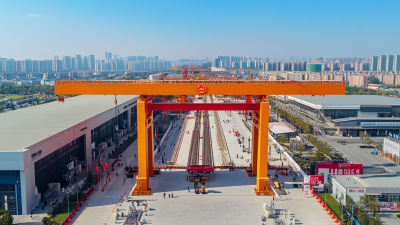
Bridge Crane Innovations Take Center Stage at 2025 China Import and Export Fair
-
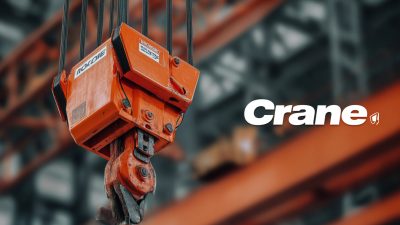
Understanding the Technical Specifications of the Best Crane Hoist for Optimal Performance
-

7 Secrets to Finding the Best Bridge Crane for Your Needs
-
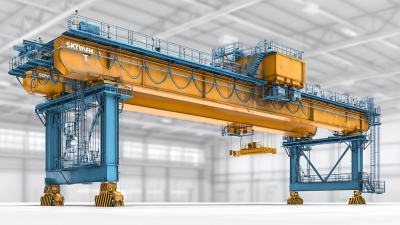
Exploring the Future of Best Overhead Gantry Cranes: Industry Trends for 2025
-
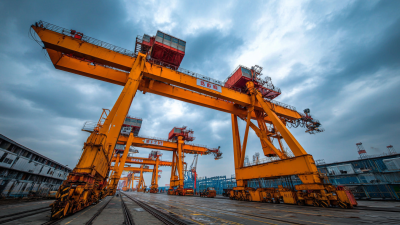
Exploring the Unique Features and Applications of the Best Overhead Gantry Cranes: A Comprehensive Guide
-

7 Compelling Reasons to Invest in Wall Mounted Jib Cranes for Enhanced Operational Efficiency
